Professor, Department of Psychology, Colorado State University
Resident Fellowship Year: 2019-2020
Faculty Profile: Jessica Witt
Research Focus: Communication of scientific findings is largely accomplished through visualizations, yet little research exists on the visualizations themselves. Ineffective visualizations act as a bottleneck that limit transmission of scientific insights. Witt’s research will empirically evaluate the best visualizations for communicating research related to sustainability, with a particular focus on uncertainty and anticipating future events.Dynamic Ensemble Visualizations to Support Understanding for Uncertain Trajectories
Jessica K. Witt – Colorado State University
Hurricane Projections can be Visualized using Animated Risk Trajectories (ARTs)
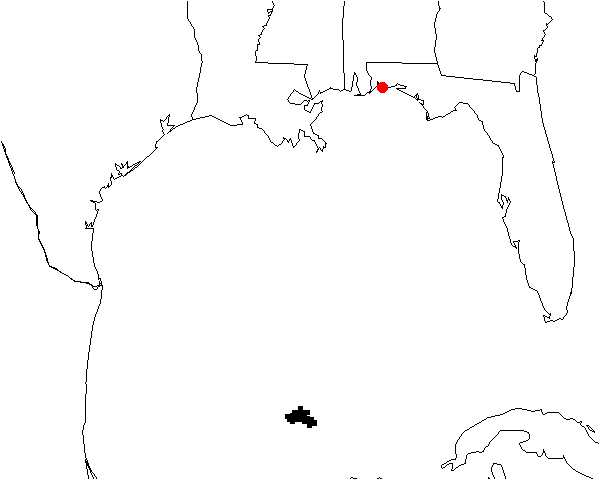
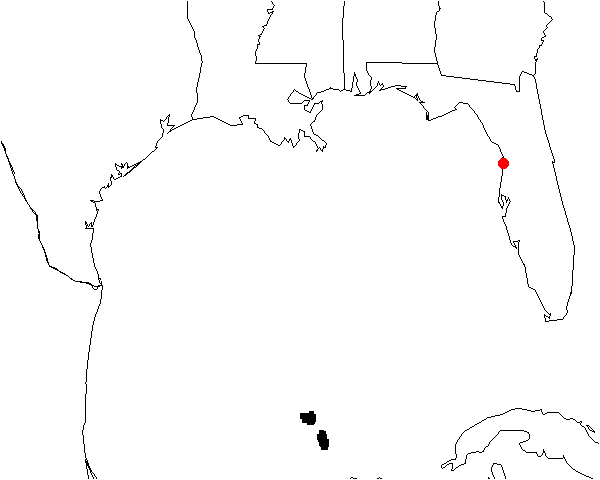
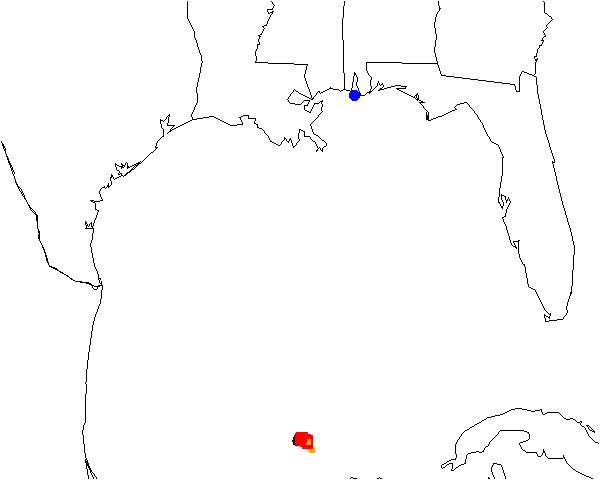
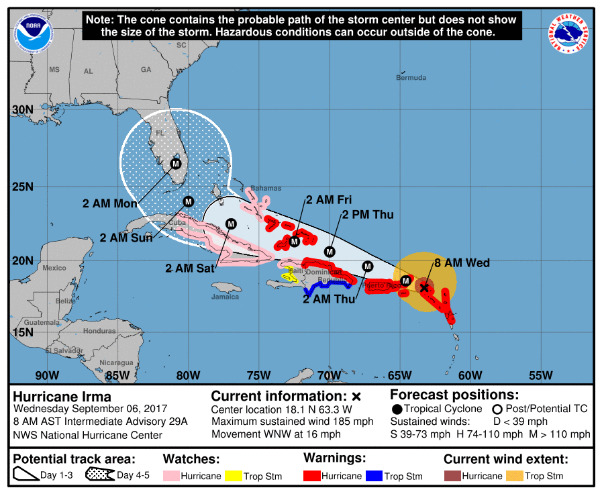
The Cone of Uncertainty cannot depict bifurcations in risk. For example, Hurricane Irma was projected to go up the east coast or the west coast, but the Cone shows the greatest risk as being central Florida.
Solution: Animated Risk Trajectories (ARTs)

Each icon depicts a potential hurricane trajectory.
People perceive risk as the density of the ARTs1-6.
Similar assessments of risk regardless of whether experienced with hurricanes (students from Florida) or not (students from Colorado)2.

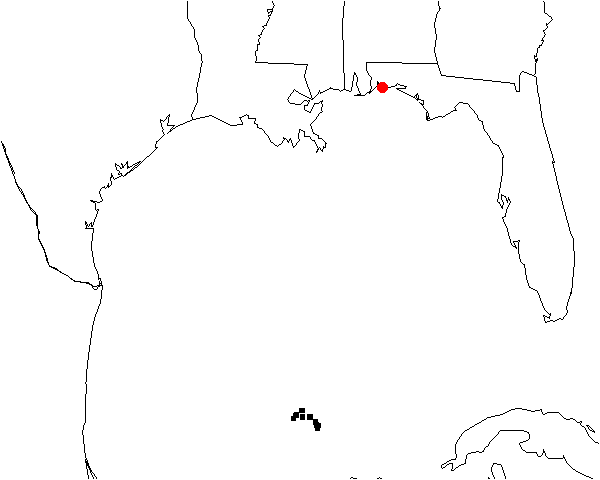
More ARTs means perception of greater risk.
Fewer ARTs means perception of less risk3.

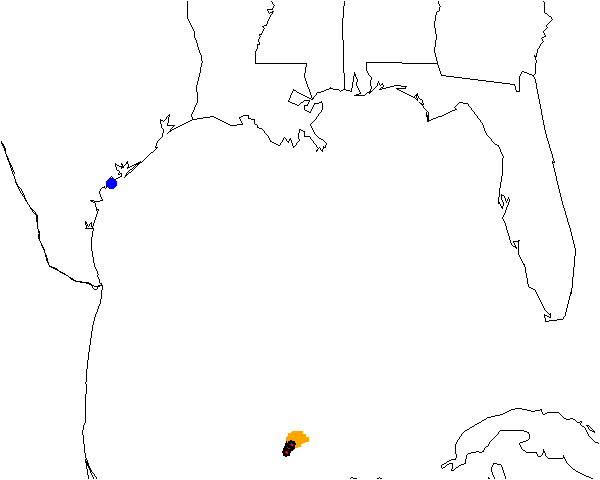
Annotations such as color, size, or flicker can be used to signal associated hazards like storm surge, excessive rainfall, and damaging winds.4
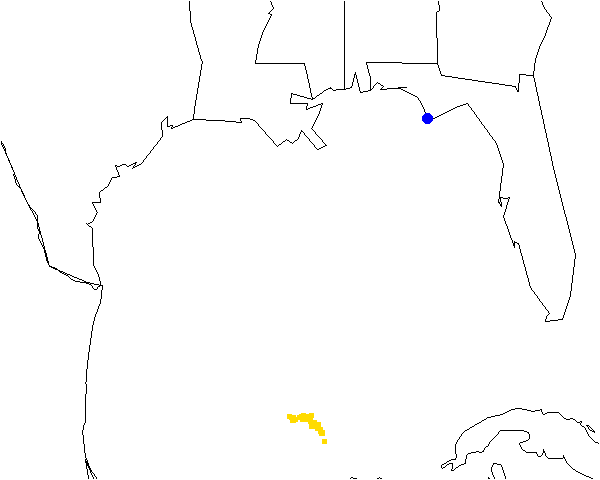
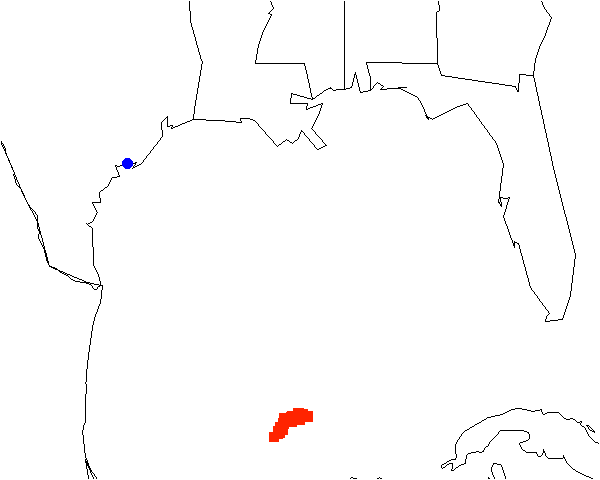
Annotations can change dynamically to signal projections of increasing (or decreasing) risk.4
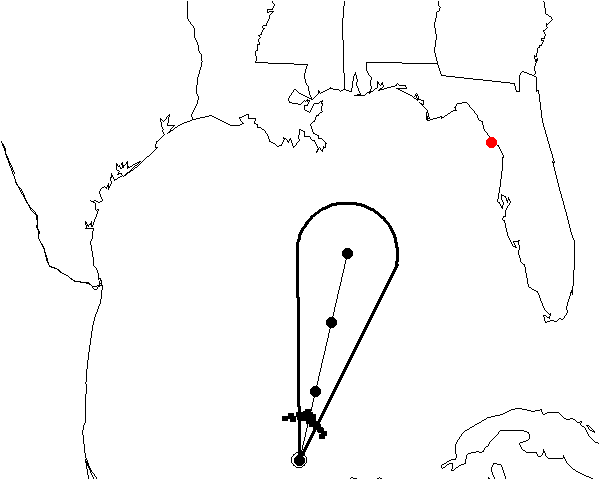
ARTs can be super-imposed on the cone
Decreases containment effect when super-imposed AND decreases containment effect when people view only the cone at a later time.5
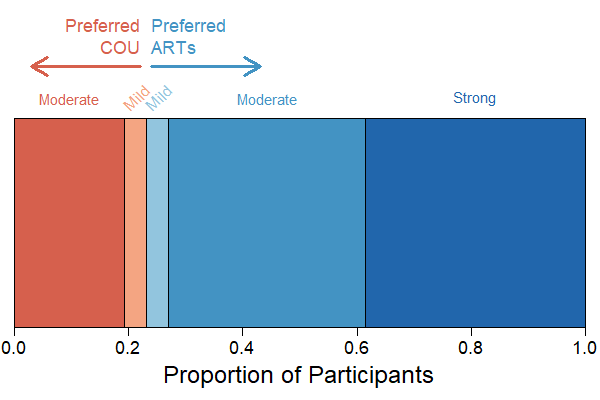
People like the ARTs
They expressed a strong preference for Animated Risk Trajectories over the Cone of Uncertainty.4-5
Summary
Use Animated Rick Trajectories (ARTs) to convey Hurricane forecasts
ARTs…
- Eliminate artificial boundaries of “at risk” and “not at risk”
- Intuitive (natural compatibility between visual depiction and underlying concept)
- Clearly communicate level of risk
- Communicate multiple aspects of risk (storm surge, wind speed, rainfall)
- Communicate distributions of hurricane projections
- Can improve understanding of the Cone of Uncertainty
- Are preferred
Research Team:
- Jessica K. Witt, Ph.D., Professor in the Department of Psychology, Colorado State University, Jessica.Witt {at} colostate [dot] edu
- Benjamin A. Clegg, Ph.D., Professor in the Department of Psychology, Colorado State University, Benjamin.Clegg {at} colostate [dot] edu
- Zachary M. Labe, Ph.D., Post-doctoral Fellow in the Department of Atmospheric Sciences, Colorado State University, zmlabe {at} rams [dot] colostate [dot] edu
- Amelia C. Warden, M.S., M.F.A., Graduate Student in the Department of Psychology, Colorado State University, Amelia.Warden {at} colostate [dot] edu
Publications
1Witt, J. K., & Clegg, B. A. (2021). Dynamic Ensemble Visualizations to Support Understanding for Uncertain Trajectories. Journal of Experimental Psychology: Applied. Advance online publication. https://psycnet.apa.org/record/2021-55789-001
2 Witt, J. K., Clegg, B. A., Blalock, L. D., & Warden, A. C. (2021). The impact of familiarity on Visualizations of spatial uncertainty. Human Factors and Ergonomics Society.
3 Witt, J. K., Labe, Z. M., Warden, A. C., & Clegg, B. A. (2022). Visualizing Uncertainty in Hurricane Forecasts with Dynamic Ensembles. Manuscript under review.
4 Witt, J. K., Labe, Z. M., & Clegg, B. A. (2022). An Alternative to the “Cone of Uncertainty” that is Flexible, Intuitive, and Desirable for Communicating Hurricane Forecasts. Manuscript proposal under review.
5 Witt, J. K., & Clegg, B. A. (2021). Training on dynamic ensembles improves interpretation of the Cone of Uncertainty. Manuscript in preparation.
6 Witt, J. K., Clegg, B. A., Wickens, C. D., Smith, C. A. P., Laitin, E. L., & Warden, A. C. (2020). Dynamic Ensembles versus Cones of Uncertainty: Visualizations to Support Understanding of Uncertainty in Hurricane Forecasts. Proceedings of the Human Factors and Ergonomics Society Annual Meeting, 64(1), 1644–1648. https://doi.org/10.1177/1071181320641399
Support for this research comes from:

National Science Foundation (BCS-1632222 and SES-2030059)

Colorado State University School of Global Environmental Sustainability
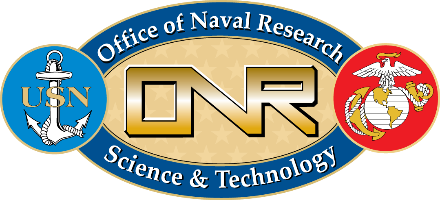
Dr. Jeff Morrison and the Office of Naval Research (N00014-20-1-2518)

